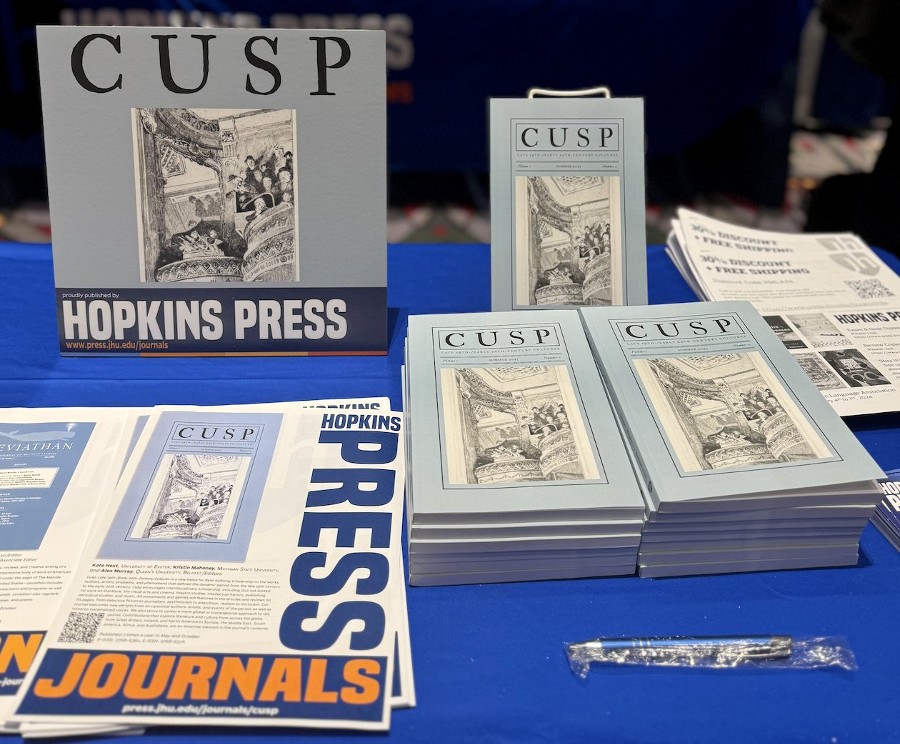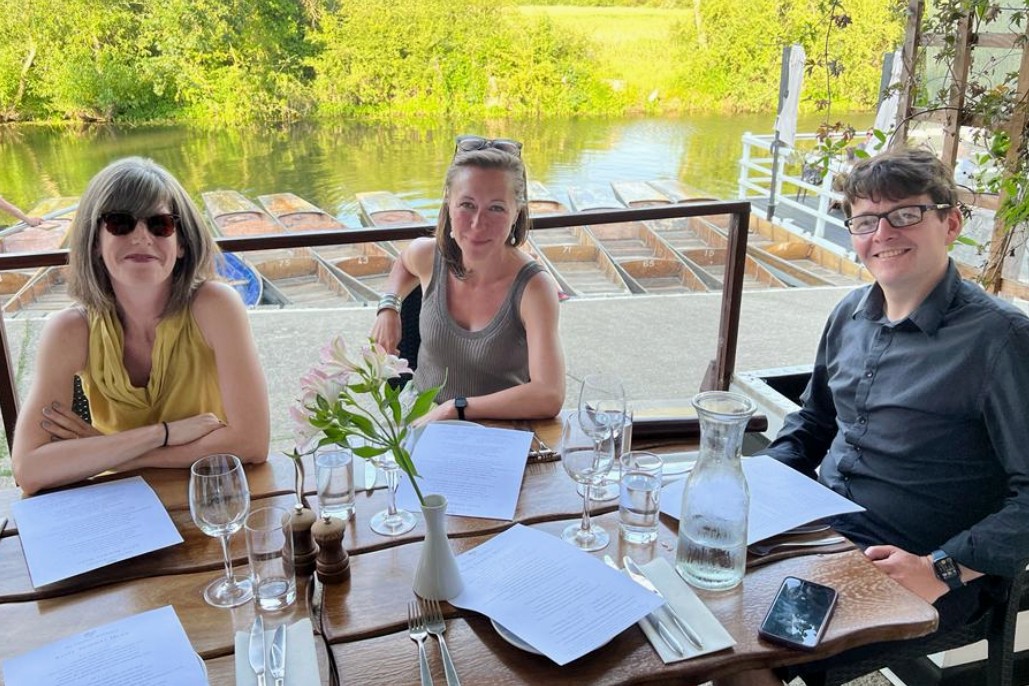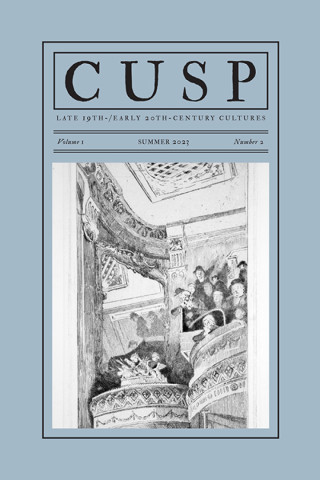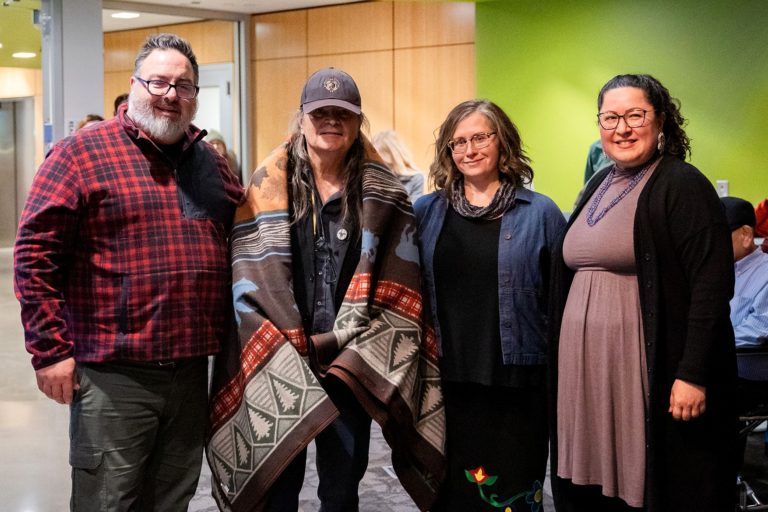An academic journal co-created by Kristin Mahoney, Associate Professor in the Department of English at Michigan State University, has received the Council of Editors of Learned Journals (CELJ) Best New Journal Award. This prestigious award was presented on Jan. 5 at the 2024 Modern Language Association Annual Convention in Philadelphia.
The journal, Cusp: Late 19th-/Early 20th-Century Cultures, focuses on field-defining scholarship on the works, authors, artists, problems, and phenomena that defined the dynamic period from the late 19th century to the early 20th century and aims to promote interdisciplinarity scholarship on the visual arts, cinema and theatre, literature, periodical studies, and music.

The CELJ judges lauded the journal’s attention to this rich and innovative era: “We admire the thematic focus on a fecund historical hinge era, when the fragile remnants of early modernity and its ideals and institutions (science and reason triumphant) yield to the transformative pressures and forces of our own late modernity, giving substance to Woolf’s quip that ‘on or about December 1910, human character changed.’ Cusp is cleanly and elegantly designed, and the editing is consistently strong.”
Mahoney, along with co-editors Kate Hext and Alex Murray, said the journal’s mission is to provide a space for scholars across disciplines to engage in dialogue.
“We share this sense of excitement about this period of transition and rapid change, and we wanted to be sure there was a space for scholars working across the turn of the 20th century to be in conversation with one another,” Mahoney said. “This really affirmed our sense of the journal’s mission.”
Cusp also stands out for its dedication to transnational and interdisciplinary work. The editors actively seek to attract scholars working on film, music, and visual culture in addition to the standard focus on literary history, while also fostering work that stretches across national boundaries.

A key aspect of Cusp’s success lies in its supportive peer-review process. Mahoney and her colleagues strive to provide a generous and constructive peer-review process, aiming to pay forward the mentorship they received earlier in their careers.
“When initial submissions seem like they might need to undergo a little more work before they are ready to be sent out to readers, we as editors have been trying to offer suggestions for revisions to authors so they can be sure to receive the most helpful feedback possible from peer reviewers once the essay is actually sent out,” Mahoney said. “We feel that we benefited so much from mentors and anonymous reviewers at earlier stages in our careers, so we are trying to make sure Cusp is paying some of that forward.”
Highlighting new voices is central to Cusp’s philosophy. Conceived just before the COVID-19 shutdown, much of the planning related to the journal was conducted over the pandemic. A recent return to in-person conferences has allowed the editors to connect with early-career scholars and invite them to submit to the journal or edit special issues.
“We want the journal to highlight the exciting works that new scholars are doing to rethink and reshape our understanding of the late 19th and early 20th centuries,” Mahoney said. “So, it’s really crucial for us to be able to be present at conferences and symposia where these scholars are presenting early drafts of their work.”

Mahoney is grateful for the institutional support offered by the English Department and the College of Arts & Letters, which helped to get the journal off the ground. Now, as Cusp continues to grow and evolve, Mahoney sees the Best New Journal Award as a catalyst for increased visibility and recognition, leading to a future filled with high-quality scholarly work.
“We have received so much wonderful work for these early issues of the journal, so I think we are most excited about the fact that this recognition could lead more readers to this work,” Mahoney said. “Also, the increased publicity that has resulted from the award will lead to even more submissions from scholars doing the kind of exciting and revisionary scholarship that we hope to feature in the journal.”
Published by Johns Hopkins University Press, Cusp is available both in print and online via Project MUSE and publishes two issues per year, with plans to eventually publish quarterly once it’s better established.


